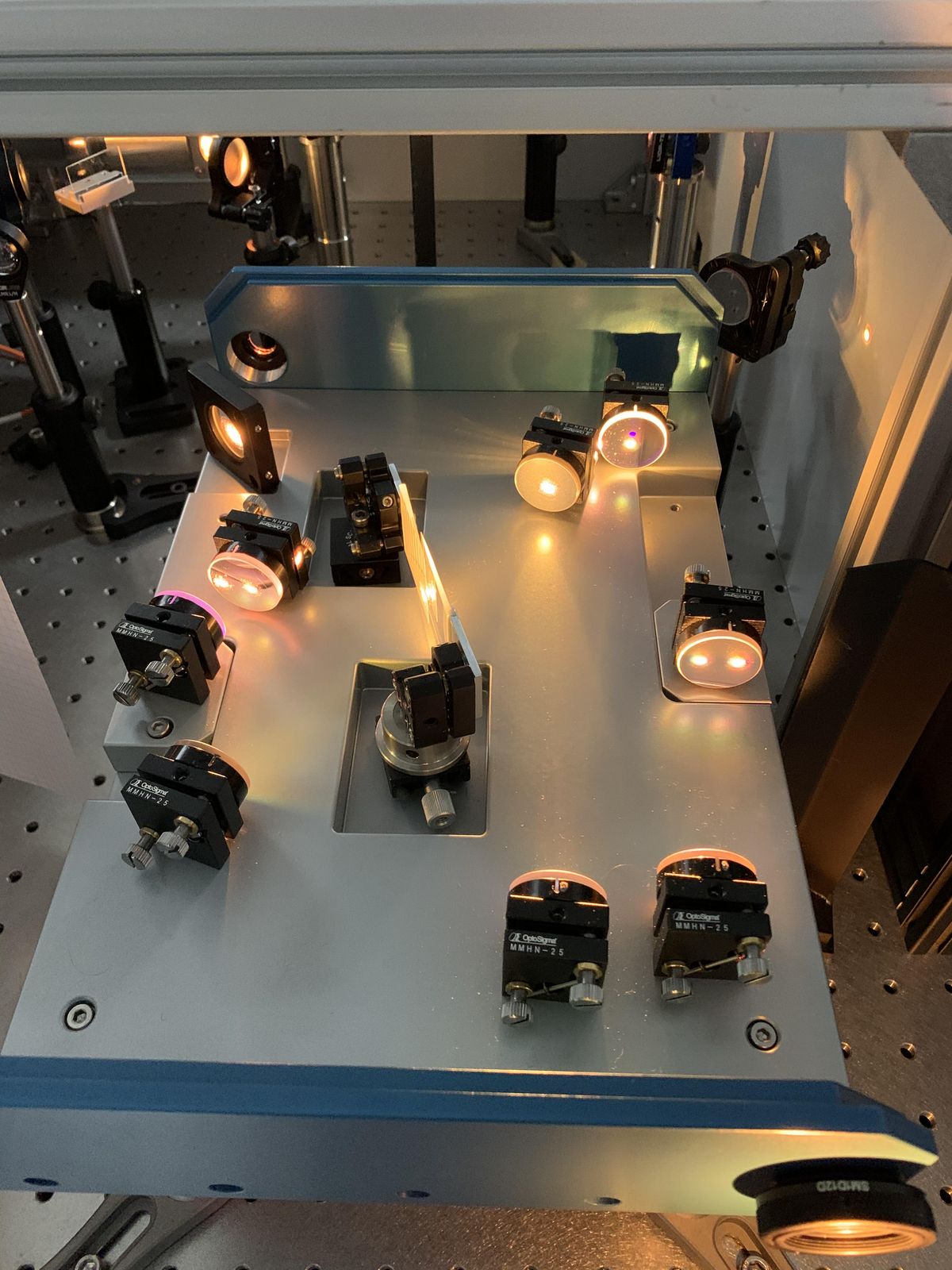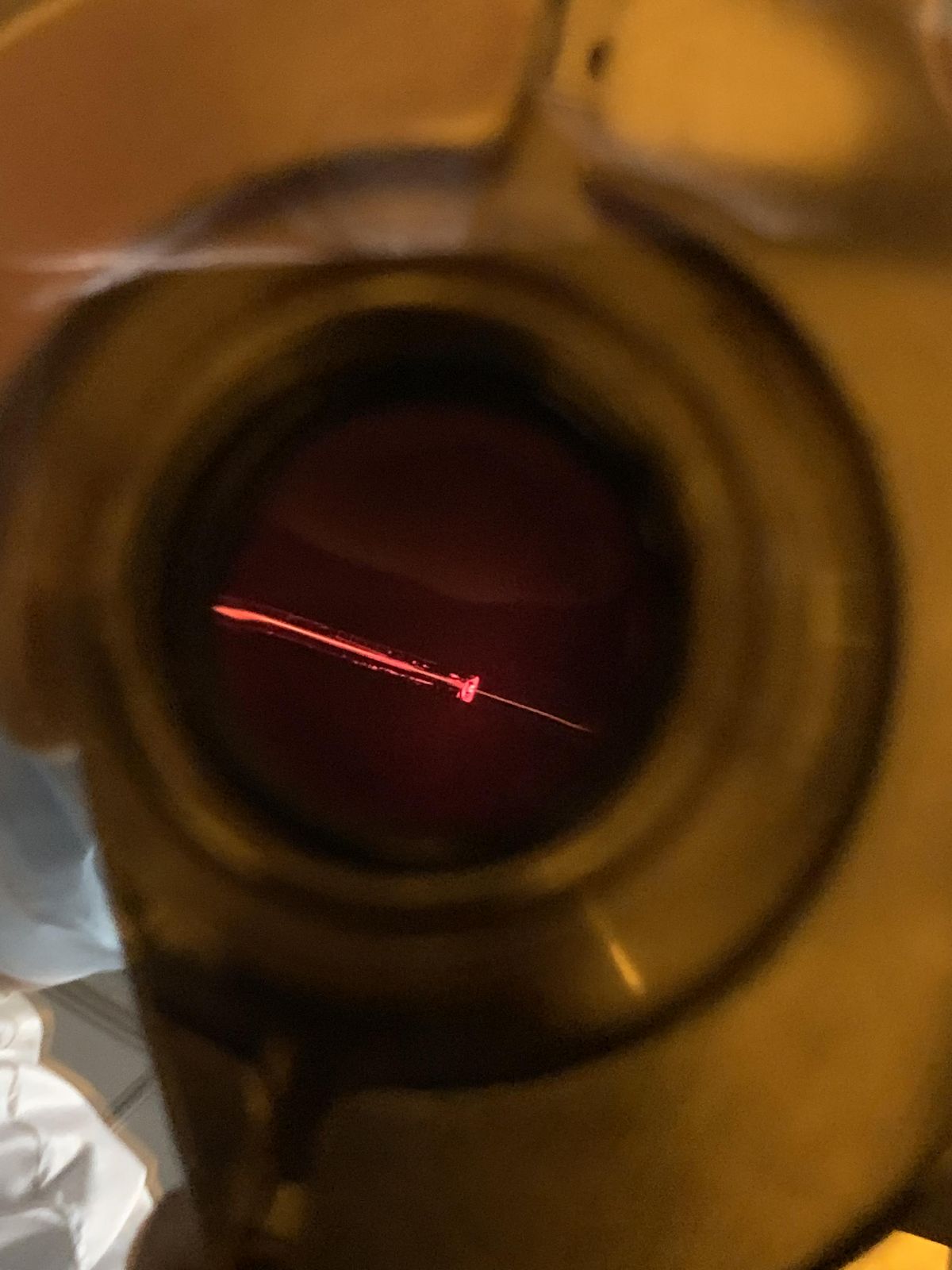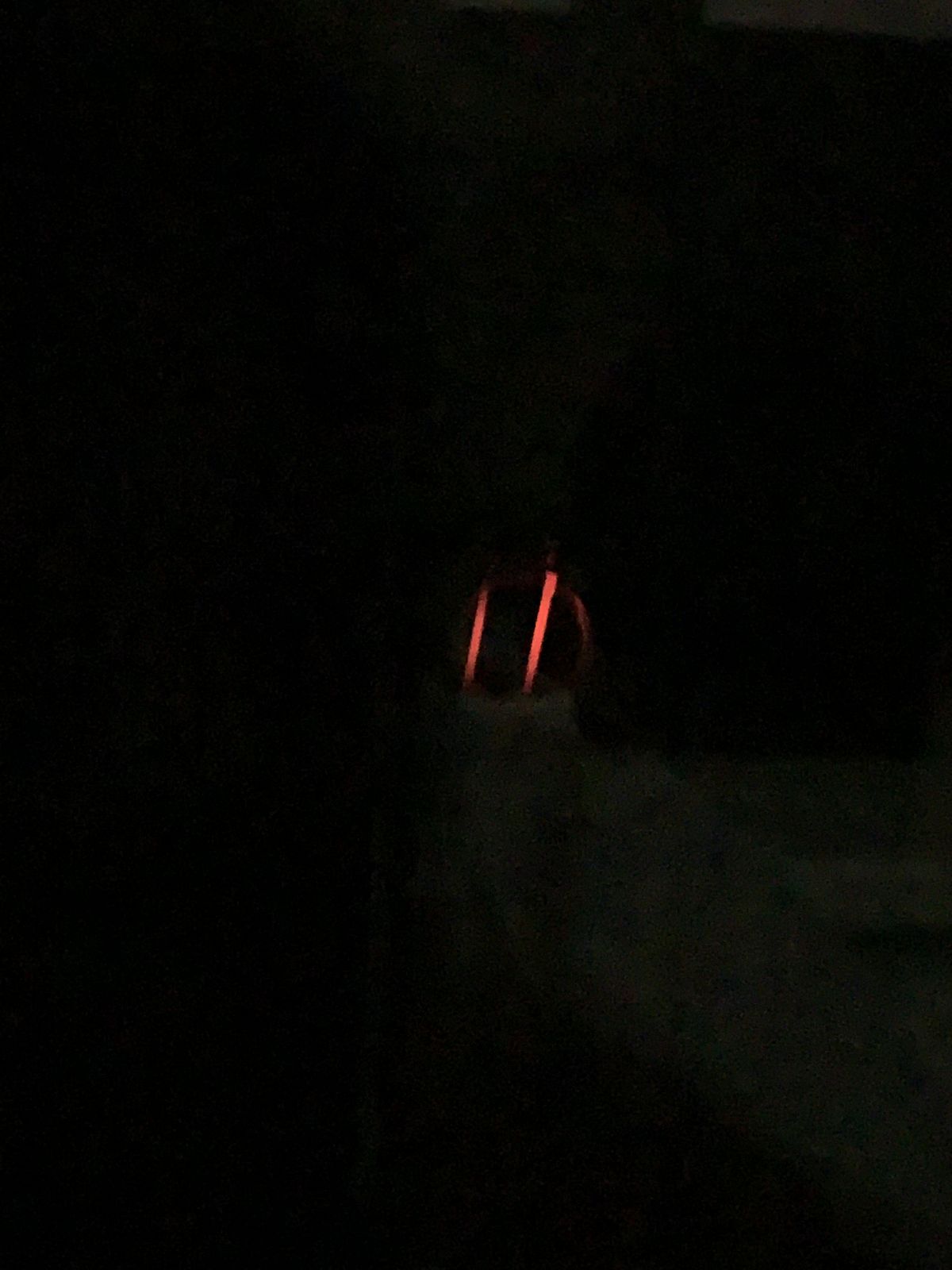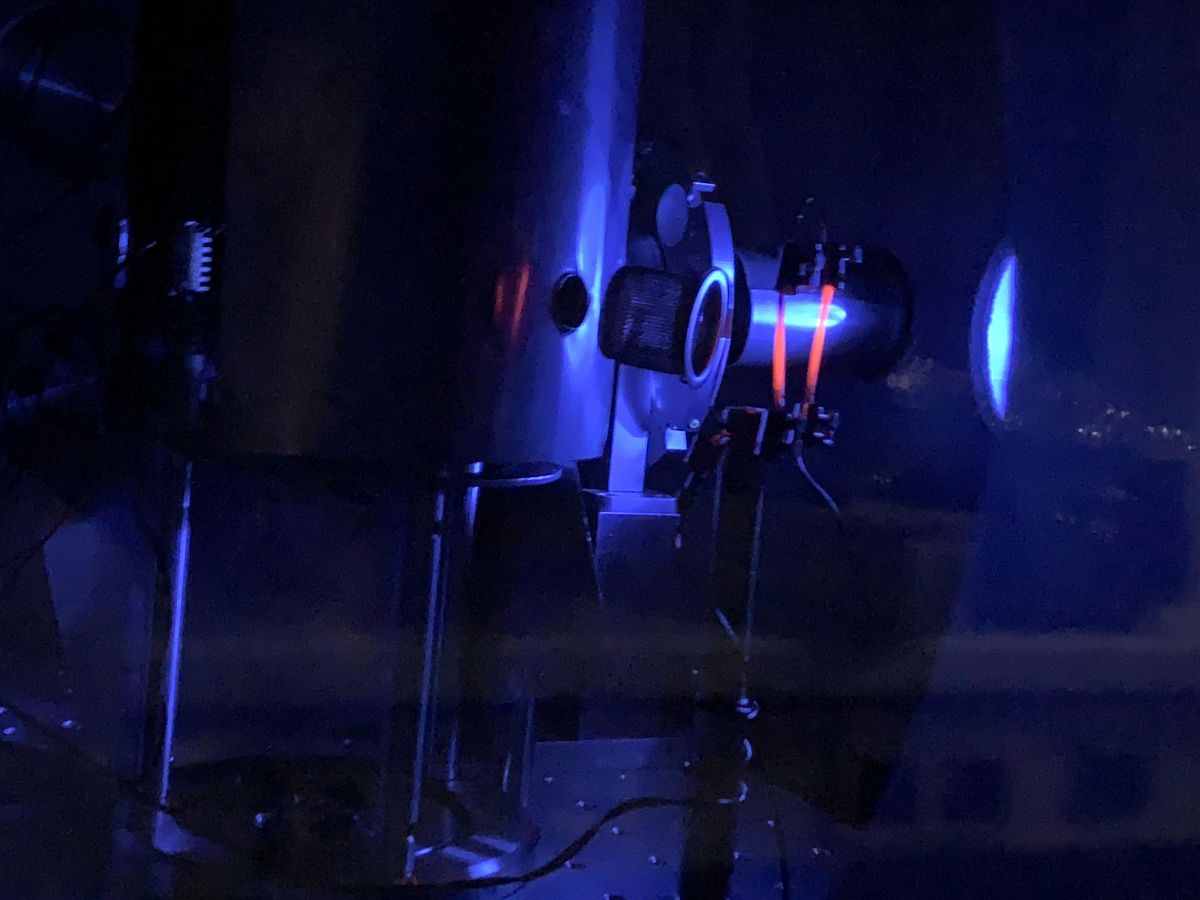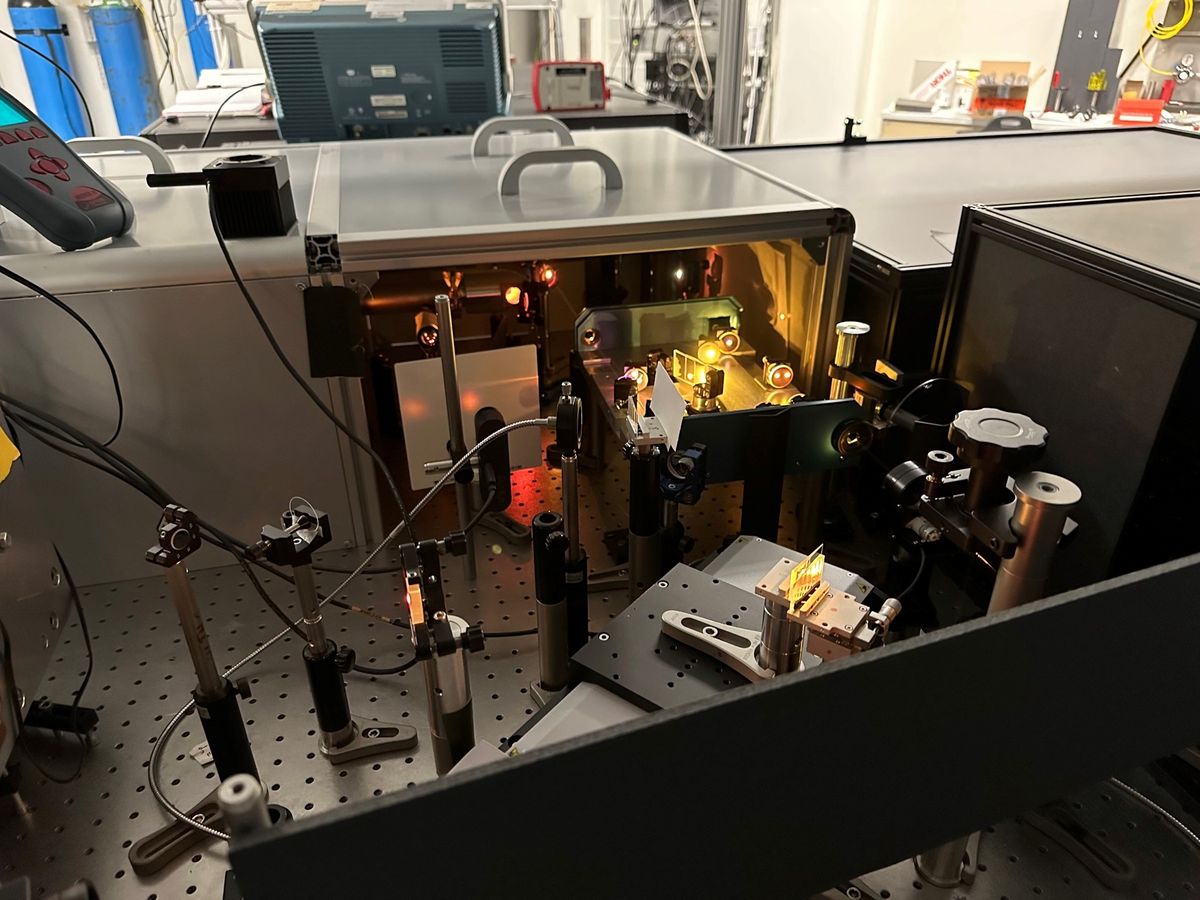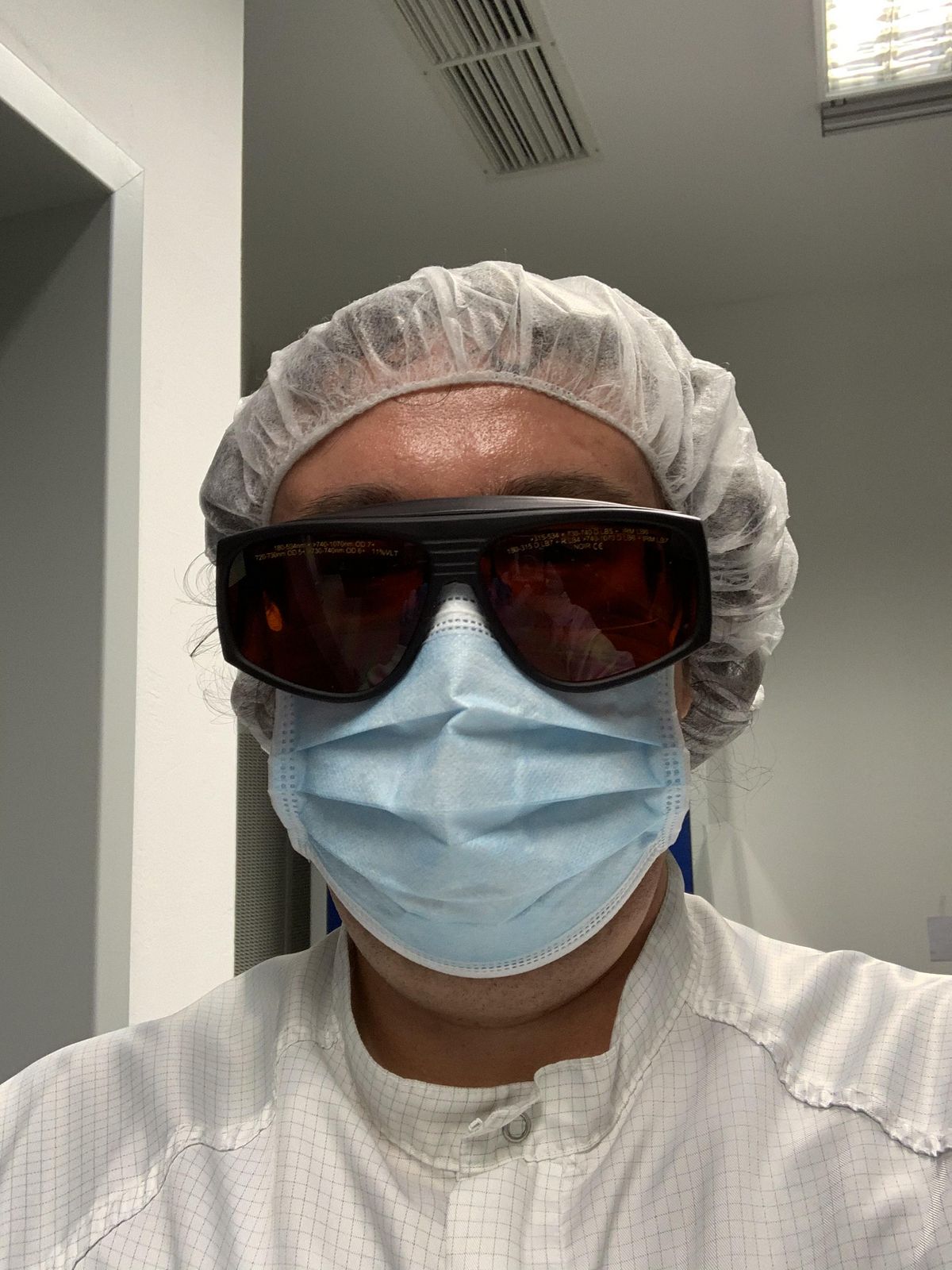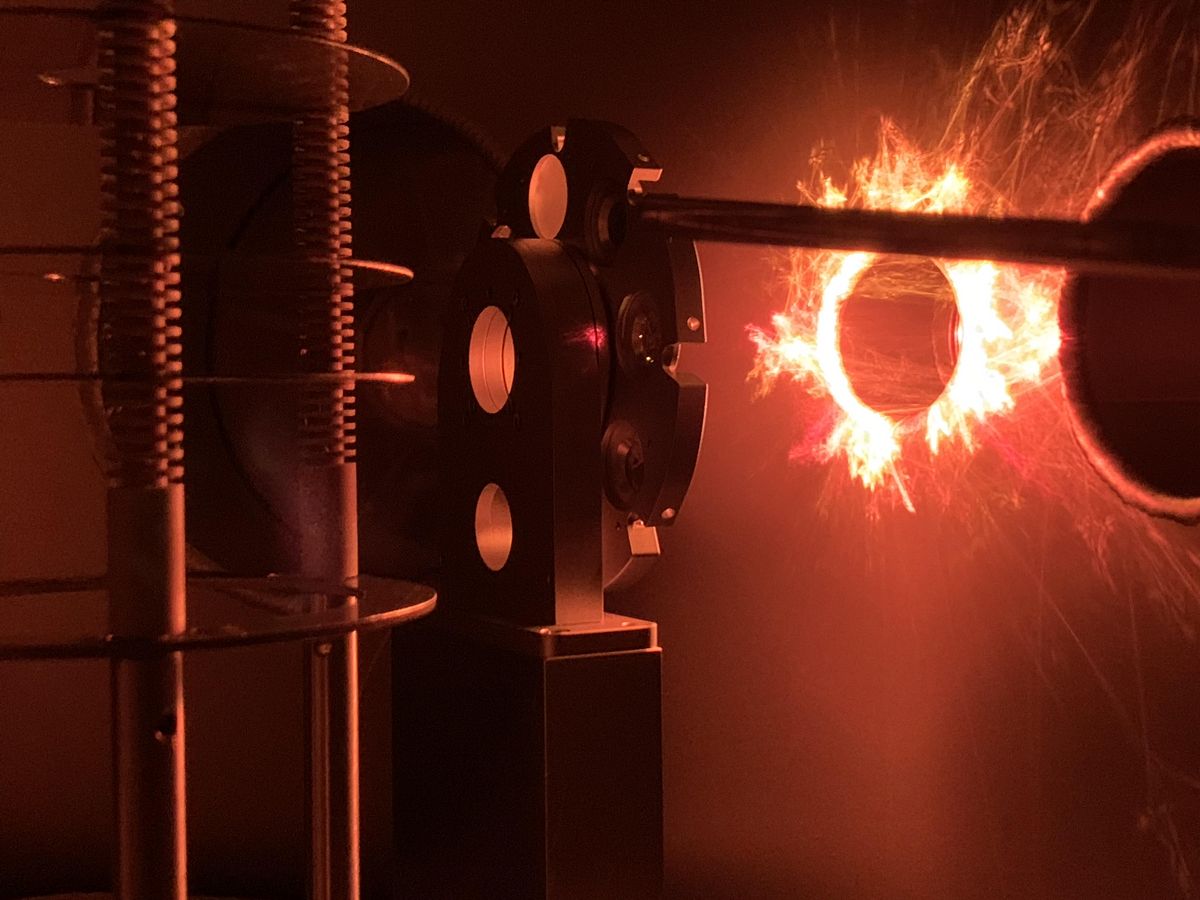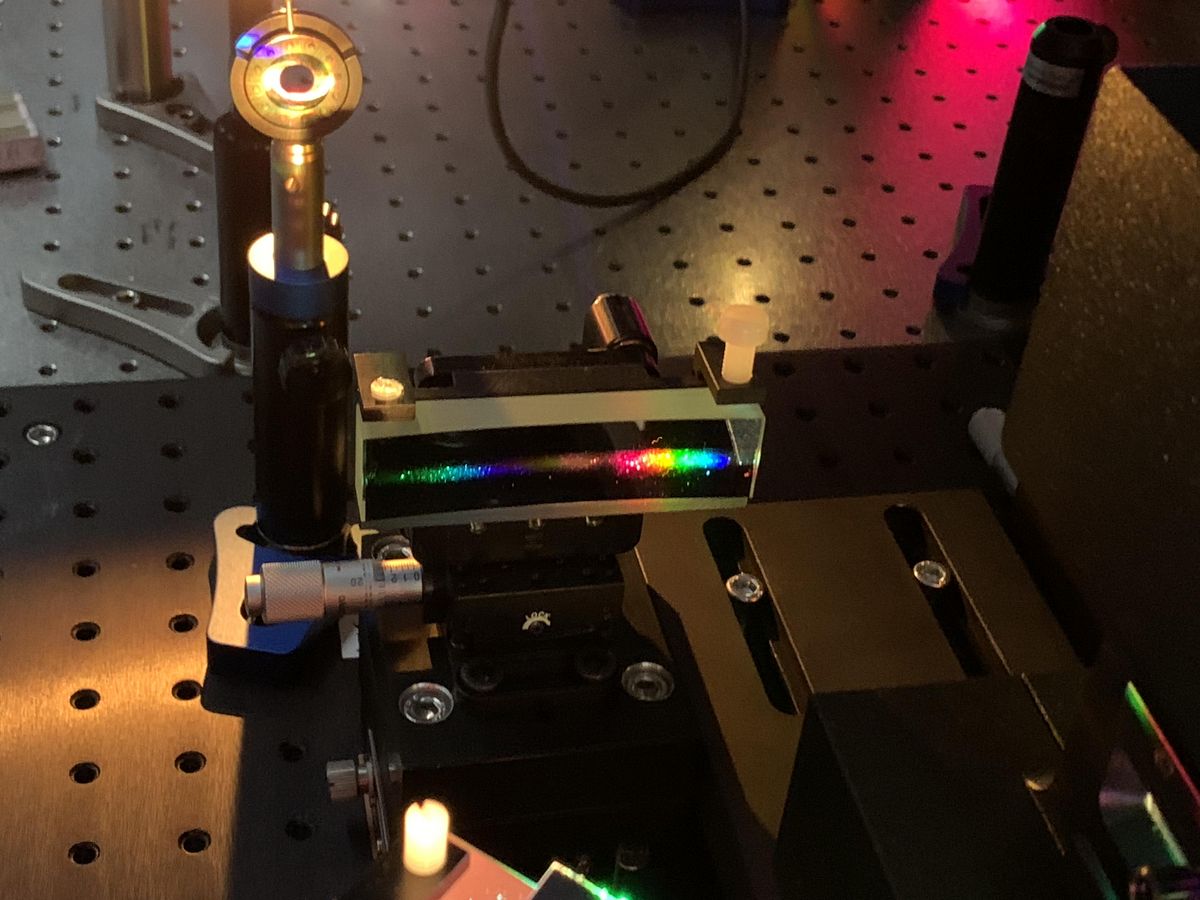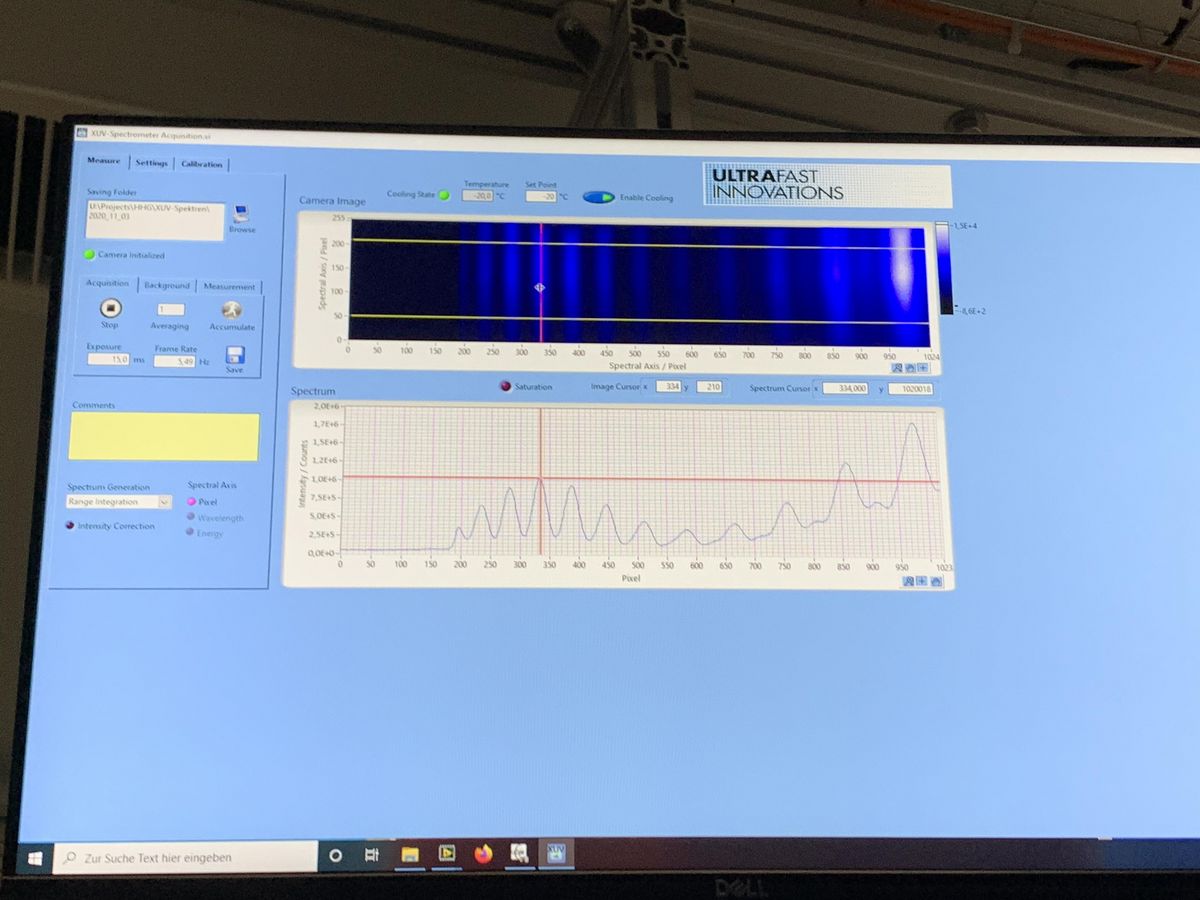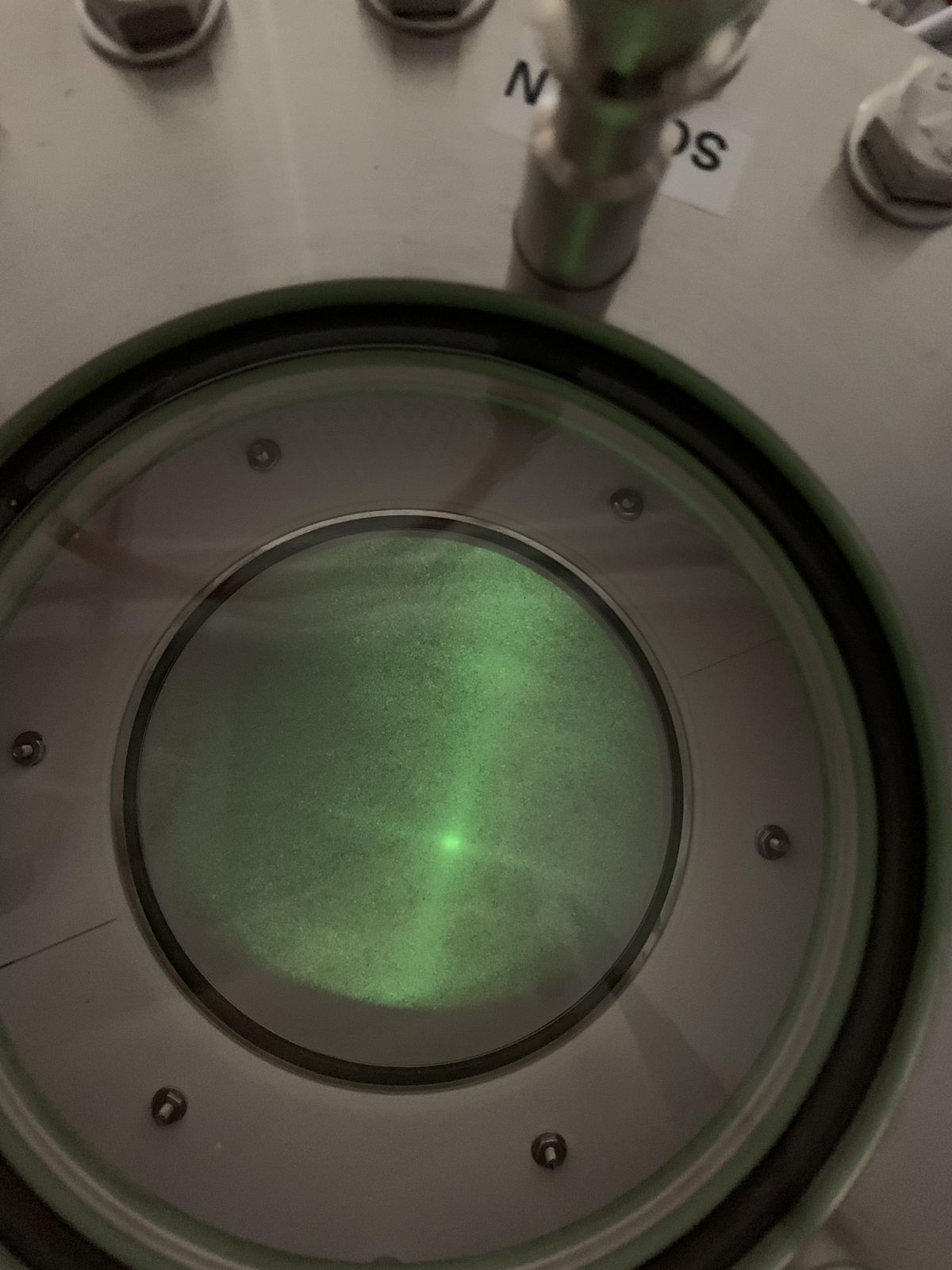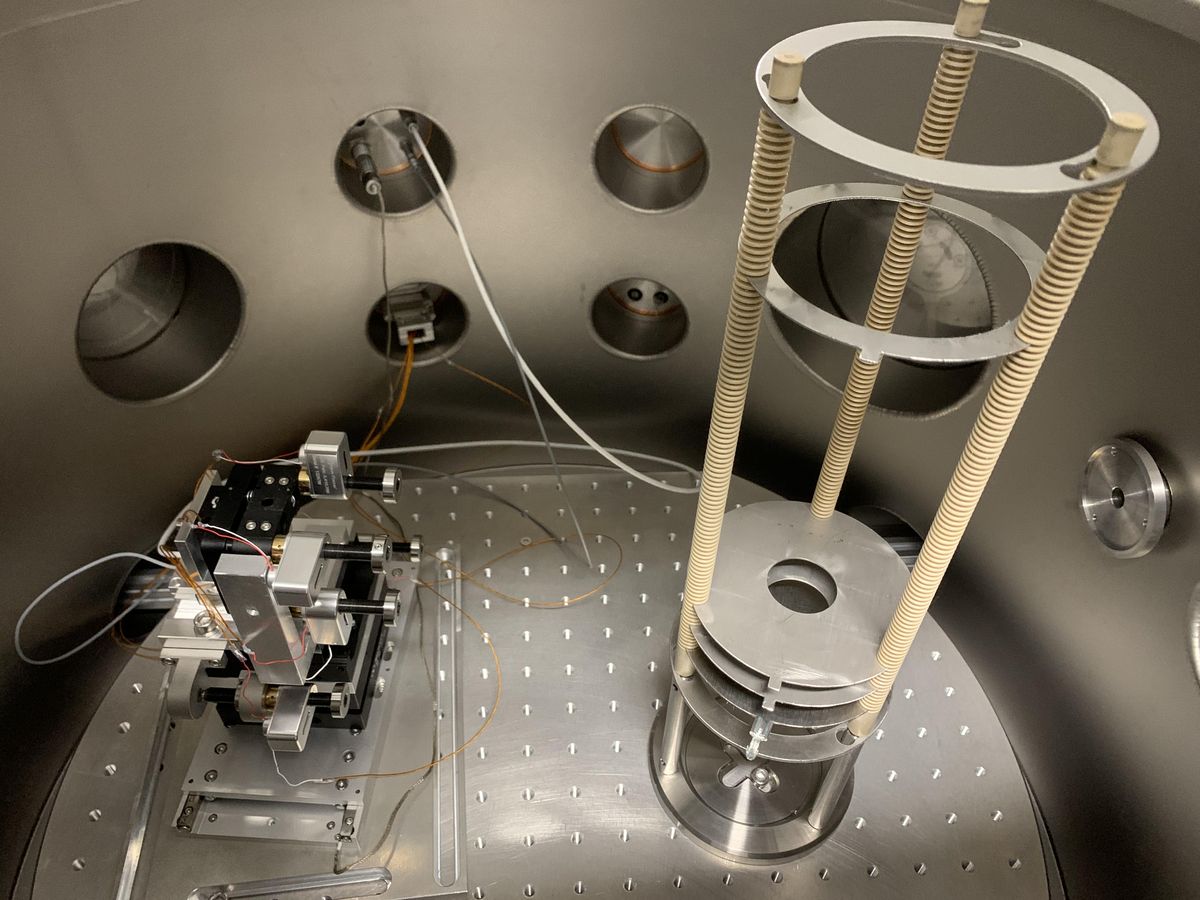Attoscience
Contact
Prof. Dr. Matthias Wollenhaupt
Carl von Ossietzky Universität Oldenburg
Faculty V - Institute of Physics
Carl-Von-Ossietzky-Str. 9-11
D-26129 Oldenburg
Germany
Tel.: +49-441-798-3482
room: W2 1-101
matthias.wollenhaupt@uol.de
Attoscience
Within the framework of the DFG proposal "Imaging XUV Photoelectron Spectrometer", a beamline for the generation and use of extreme ultraviolet (XUV) laser pulses was set up. The aim of this project is to extend our central expertise with respect to the used ultrashort temporally shaped laser radiation from the visible wavelength range to much shorter wavelength in the XUV region for the coherent control of atoms and molecules under observation of the spatially and energetically resolved photoelectron distribution.
XUV-Generation:
Ultrashort infrared laser pulses (800nm, 25fs, 1mJ, 10kHz) are spectrally broadened by a hollow fiber compressor and compressed to 5fs. These laser pulses with few optical cycles have a very broad spectrum of about 450nm - 1050nm and are therefore also called white light. In the vacuum beamline shown above, these white light pulses are then used to generate high harmonics in noble gases. This then leads to much shorter wavelengths in the range of 50nm - 16nm.
Imaging photoelectron spectroscopy:
When laser pulses interact with matter, excitation dynamics can free photoelectrons. In a velocity map imaging (VMI) spectrometer, the photoelectrons are imaged onto a detector via a system of electrostatic lenses such that the momentum and angle of the electrons can be measured. See also photoelectron tomography.




